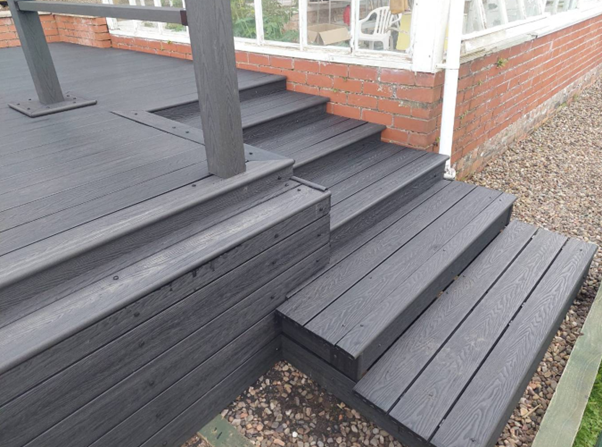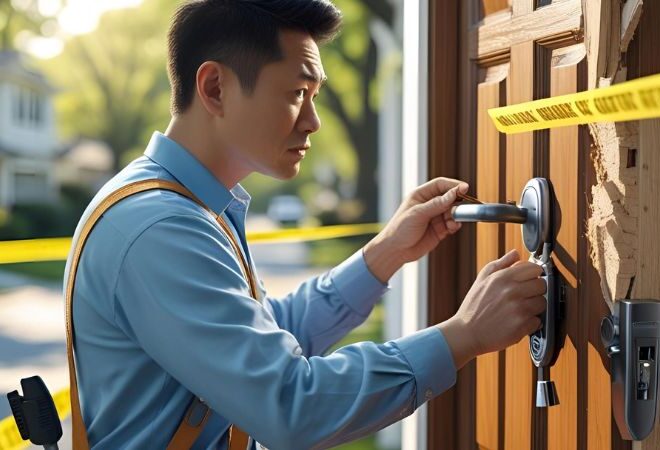
Crafting Your Outdoor Oasis: An Expert Guide to Decking Types and Benefits
A well-designed deck can transform your outdoor space into an extension of your living area, providing a perfect setting for relaxation, entertainment, and enjoying the natural surroundings. Choosing the right decking material is a crucial decision that impacts the longevity, maintenance, aesthetics, and overall enjoyment of your deck. This guide explores various types of decking, their benefits, and expert advice to help you make the best choice for your needs.
Types of Decking Materials:
- Softwood (Timber): Traditional and widely available, softwood decking, often made from pressure-treated pine, cedar, or redwood, offers a natural aesthetic and is generally the most budget-friendly option initially.
- Benefits: Natural look and feel, relatively easy to work with, can be stained or painted in various colors.
- Cons: Requires regular maintenance, including cleaning, staining, and sealing to prevent rot, insect infestation, warping, and splintering. Has a shorter lifespan compared to other options if not properly maintained.
- Expert Advice: Opt for pressure-treated lumber for enhanced resistance to decay and pests. Regular maintenance is key to extending the life and beauty of a softwood deck. Consider the specific wood species; cedar and redwood offer natural resistance to rot and insects compared to pine.
- Hardwood (Timber): Premium hardwoods like ipe, teak, mahogany, and oak offer exceptional durability, a luxurious appearance, and natural resistance to the elements and pests.
- Benefits: Very long lifespan (can last 30-50+ years with proper care), highly resistant to scratches, dents, and rot, rich natural colors and grain patterns.
- Cons: Significantly higher initial cost, harder to work with requiring specialized tools and potentially professional installation, still requires periodic sealing and oiling to maintain its appearance.
- Expert Advice: While a significant investment, hardwood decking can add substantial value and longevity to your property. Ensure proper installation due to the density of the wood. Regular oiling will help preserve the wood’s natural beauty and prevent drying and cracking.

- Composite Decking: Engineered from a blend of recycled wood fibers and plastic polymers, composite decking offers a low-maintenance and durable alternative to wood.
- Benefits: Low maintenance (no need for staining, sealing, or painting), resistant to rot, insect damage, warping, and splintering, often made from recycled materials, available in various colors and wood-grain textures.
- Cons: Higher initial cost than softwood, can look less natural than real wood (though quality has improved significantly), may retain heat in direct sunlight, can be susceptible to scratching and staining in some uncapped varieties.
- Expert Advice: Consider capped composite options for increased resistance to staining, fading, and moisture. While low maintenance, regular cleaning is still recommended. Look for products with good warranties.
- PVC (Vinyl) Decking: Made entirely from PVC plastic, this type of decking offers excellent durability and minimal maintenance.
- Benefits: Very low maintenance, highly resistant to moisture, rot, insects, staining, and fading, often comes with excellent warranties, can have a luxurious appearance.
- Cons: Typically the most expensive option, can have a synthetic look (though some premium options are very realistic), may become slippery when wet in some cases, limited color and style options compared to composite.
- Expert Advice: PVC decking is an excellent choice for areas prone to moisture, such as around pools or in damp climates. Its durability and low maintenance make it a long-term cost-effective option for many homeowners.
Key Considerations and Expert Advice:
- Maintenance Commitment: Honestly assess how much time and effort you are willing to dedicate to maintaining your deck. This will heavily influence whether a natural wood or a low-maintenance synthetic option is best.
- Budget: Consider both the upfront costs of materials and installation, as well as the long-term costs associated with maintenance.
- Aesthetics: Determine the desired look and feel of your deck. Natural wood offers a unique warmth, while synthetic options provide consistent color and texture.
- Durability and Longevity: Think about how long you want your deck to last. Premium materials offer greater longevity but come with a higher initial investment.
- Environmental Impact: If sustainability is a concern, consider composite decking made from recycled materials or responsibly sourced timber.
- Local Climate: Choose materials that are well-suited to your local weather conditions, including resistance to moisture, UV rays, and temperature fluctuations.
By carefully considering these factors and the pros and cons of each decking type, along with expert advice, you can select the ideal material to create a beautiful, functional, and long-lasting outdoor space that you will enjoy for years to come. For expert advice and professional decking installation services, consider contacting Antony Fox Fencing.



